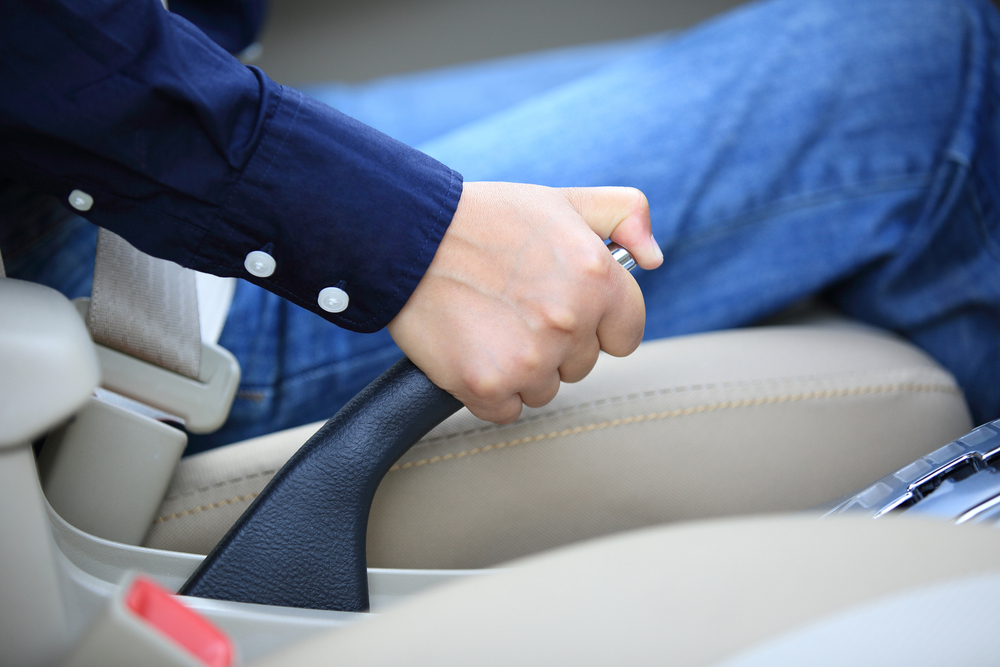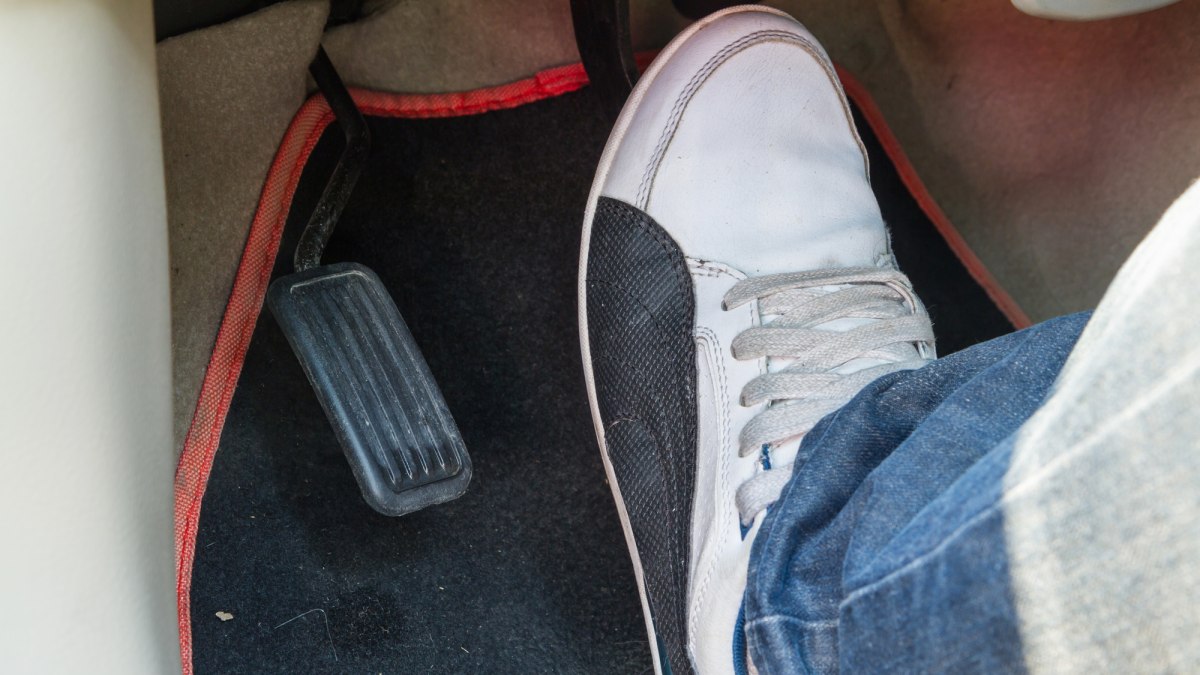Only a few percent of drivers know about this function. At the same time, it eliminates unpleasant and lengthy standing on the brake in queues. Especially during the holidays it is extremely useful.
–
I’ll admit it straight away, I don’t have this function in my car. However, my car was made in Italy and at a time when modern things and features were still in their infancy, they weren’t mandatory and you basically didn’t know about them. Because you didn’t have them in the car, of course. Plus, my car brand is famous for targeting a sporty heart, and some Auto Hold had no business there. The heart must beat, not automatically hold. What about the fact that it doesn’t beat and sits in the garage forever. But Auto Hold is a clever invention.
The end of a long stop on the brake
The electromechanical handbrake, as the system is correctly called in Czech, aims to help with frequent starts by automatically blocking the rear wheels when activated until you step on the gas. Over the years, as the Auto Hold function has evolved, automakers and their engineers have come up with different solutions, how to lock the rear wheels in the simplest possible way, so that the subsequent start is completely smooth. And for the system to help, and not be “an annoyance”. Where do we use it the most?
–
Imagine the model situation that you live under a hill. A long hill. And there are traffic lights at the very top of this hill. Every time you want to drive your car, you have to go up the whole hill “stand up” in the queue all the way up to finally be able to continue running. In fact, I’d probably sell the car in that case. Or he moved elsewhere. However, for this purpose, this “virtual address” serves as a suitable example where the electromechanical handbrake is very useful.
Parking brake only for parking
Because if you had to stand on the brake all the time, your calf on your right leg would look like Peppa Pig’s bicep in no time. Eventual, if you will be able to synchronize with the handbrake, you will greatly strengthen your hand muscles. Above all, the whole process is quite inconvenient. The activated Auto Hold function with the electromechanical brake ensures that you can comfortably take your feet off the pedals, wait for the green light to come on and start off by stepping on the gas.

i
–
The car doesn’t budge an inch in between. BMW was the first to come up with this system in the “seven” series E65/66 in 2001, where it was still a rather complex solution, including cableway control. Through gradual development, the electromechanical brake was integrated directly into the rear wheel brakes, where it controls the brake piston through the gears and ensures stopping “on command” of the control unit. Or just braking the wheels, which is popularly used in brake vectoring and is used, among other things, to improve driving characteristics.
Auto Hold and automatic/manual transmissions
In classic automatic transmissions with a hydrodynamic converter, which in principle do not “reverse” with the car after unlocking the brakes, even forward movement is limited after the Auto Hold function is activated. So the car will stay in place “as if nailed”. And it starts moving forward only after adding gas. The solution is addictive in both cases and relieves you of the stress of long commutes. It is most often activated (and deactivated) by a button with a brake pictogram and the inscription “HOLD”, or only “A” as automatic.
–


